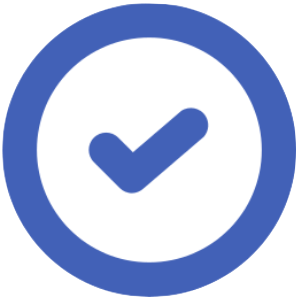 Lesson Description: ESL Lesson on Telling the Time
Lesson Description: ESL Lesson on Telling the Time
OVERVIEW & OBJECTIVES
This ESL lesson plan on telling the time offers engaging activities, PDF worksheets, and digital materials designed for beginner A1 students. In this lesson, students will:
- Discuss daily routines, appointments, and special events using time expressions.
- Learn and practice vocabulary related to planning the day and scheduling activities.
- Study and recognize time expressions on analog and digital clocks.
- Practice using prepositions of time such as at, from…to…, around, until in sentences.
- Share their own plans, answer questions, and engage in interactive discussions with classmates.
WARM-UP ACTIVITY
Students begin this ESL lesson by looking at Wesley’s daily planner for tomorrow and the time each activity is planned. They discuss what Wesley is doing in the morning, when his meeting starts and ends, what time he has lunch, and what activities are planned in the afternoon and evening. Students answer guided discussion questions and compare their observations with a partner.
Next, students discuss their own routines and planning habits. They answer questions such as whether they use a calendar or planner, if they are busy or free today, and what they normally do during the week. This allows students to personalize the topic while practicing speaking with simple sentences and times.
Finally, students look at images of different people and decide if they are early, late, or on time for their activities. They compare these examples with themselves and discuss what type of person they are. This part encourages students to use time expressions in context while practicing comprehension and oral skills.
TARGET LANGUAGE STUDY
Students first complete an exercise with a clock image, filling in time expressions such as “a quarter past twelve,” “ten to one,” “half past twelve,” and “twelve o’clock.” They then choose the correct expressions to match rules, including using o’clock for the exact hour, a quarter to for 15 minutes before, and half past for 30 minutes after the hour.
Next, students read about Wesley’s day and select correct time expressions in sentences. They learn how to use “almost” to indicate a little before, “from…to…” for a time range, “around” for approximate times, and “until” for events continuing to a specific time. This part builds comprehension of functional time expressions for everyday situations.
PRODUCTION PRACTICE
Students complete a conversation between Kiana and Nora, filling in blanks with time prepositions and expressions including at, from…to…, until, almost, and to. This allows students to practice describing plans and discussing times naturally.
Next, students complete gap-fill sentences with images showing daily activities, opening hours, flights, or party plans. They use the correct prepositions to describe start and finish times, approximate times, and ranges of activities.
Finally, students ask and answer questions about their own routines using suggested prompts such as what time they shower, exercise, eat meals, work, study, or relax. They practice speaking in full sentences using at, from…to…, around, and until.
DESCRIBE YOUR PLANS & TELL THE TIMES!
Students first choose a day, event, or plan such as a vacation, work or school event, holiday, or special celebration. They complete a planner with times and activities for that event.
Next, students work with a partner or teacher to take turns sharing their plans. They ask each other follow-up questions and use time expressions naturally in conversation. Students apply the vocabulary and grammar learned in the lesson to real-life planning and discussion.
Optionally, students answer discussion prompts such as what time it is now, plans for today or the weekend, work or school schedules, shop or restaurant opening times, and sleep or wake times using around or from…to… to reinforce the lesson content.
BENEFITS OF USING THIS ESL LESSON ON TELLING THE TIME
This ESL lesson on telling the time improves students’ confidence in speaking about schedules and daily activities. It develops their vocabulary related to planning and appointments.
Students learn practical time expressions and prepositions for real-life situations. It encourages interaction through partner discussions and personalized sharing.
The lesson provides a clear structure for teachers to guide beginners through understanding, practicing, and using time-related language effectively.
 Lesson Activities
Lesson Activities
Daily Routines, Appointments, Events, Weekend Plans, Free Time, Work Schedules
Time Expressions, Phrases for telling the time
Planner Activity, Quiz & Review, Lesson Reflection



 Like us on facebook
Like us on facebook
